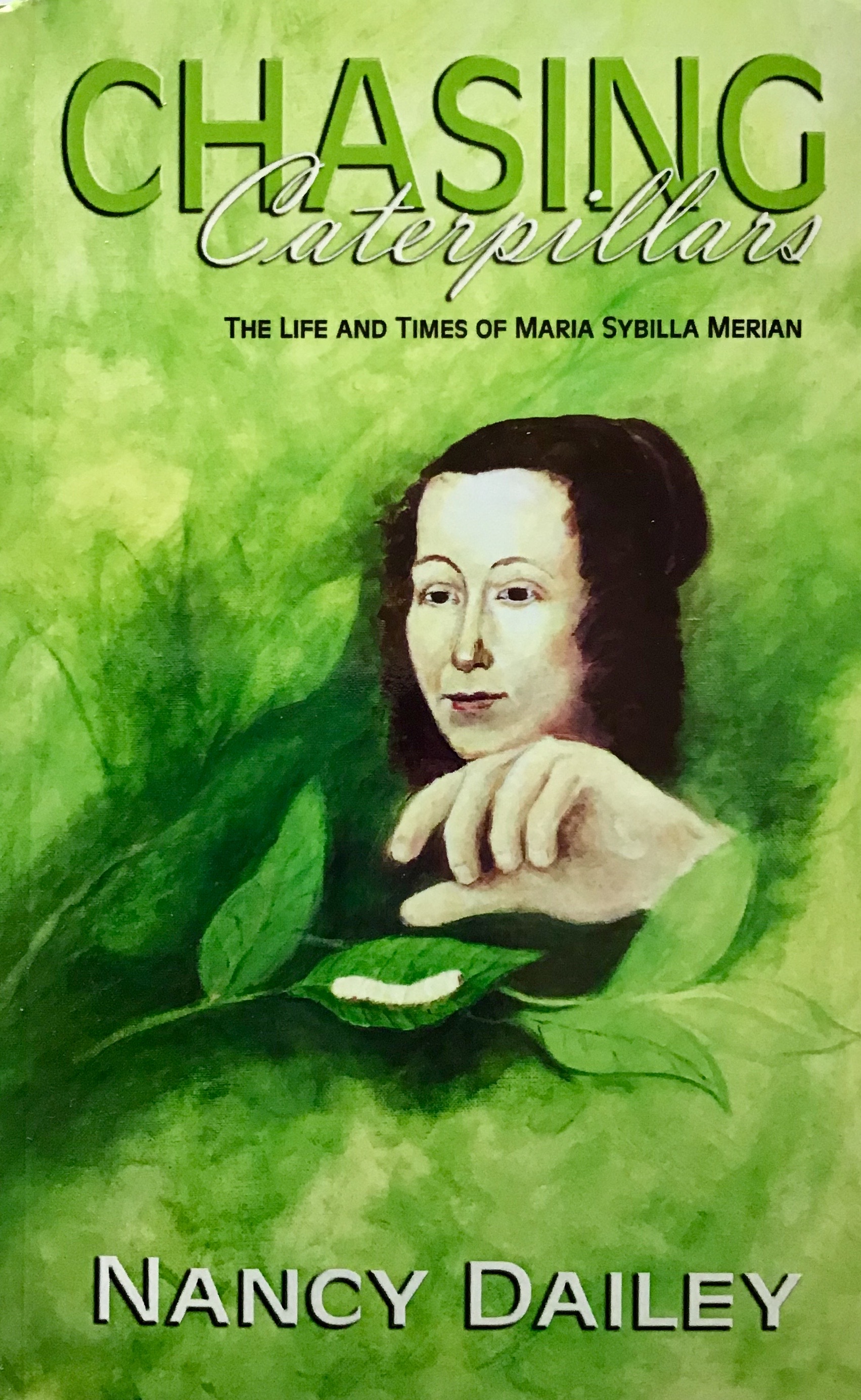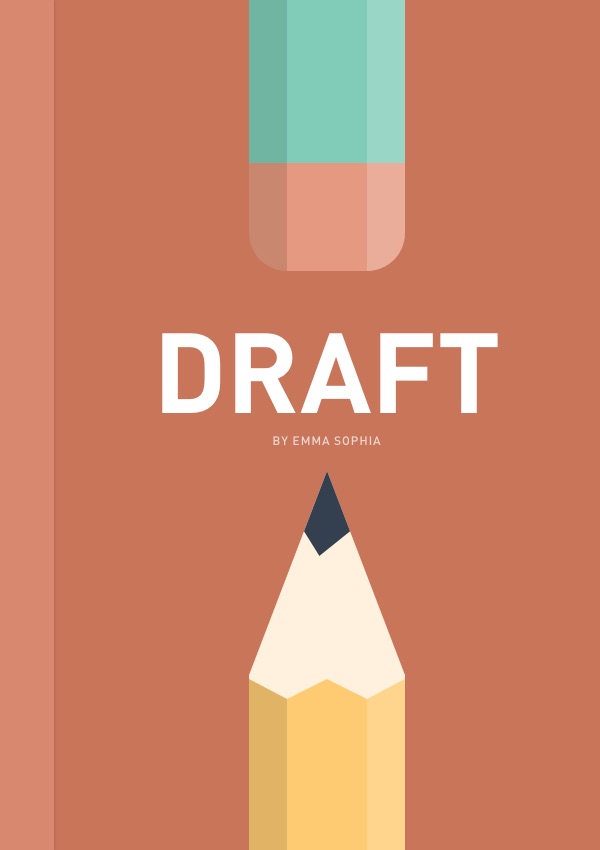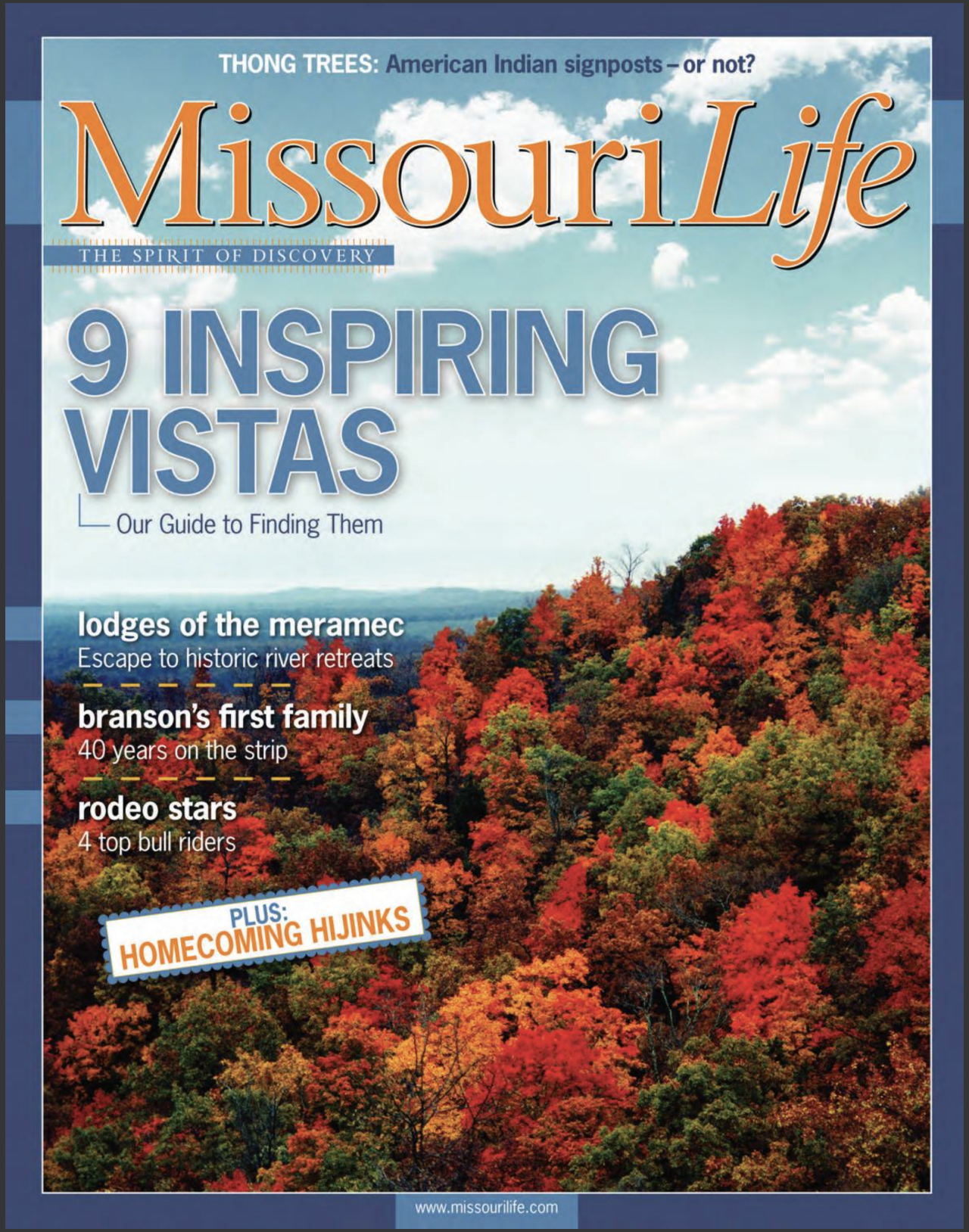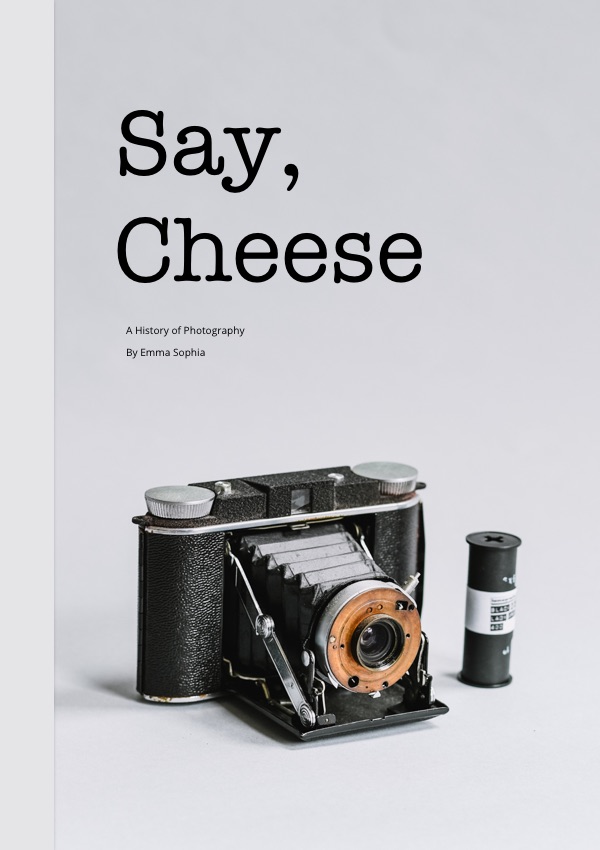The Latest from Nancy...
Before Streets Had Names
The Beautiful Fountain
 The tall fancy spire you see above the market booths is the Schoenebrunnen, or the Beautiful Fountain, and is very aptly named! It is the most beautiul fountain I’ve ever seen. And probably the tallest. The workmanship that went into making this is absolutely incredible.
The tall fancy spire you see above the market booths is the Schoenebrunnen, or the Beautiful Fountain, and is very aptly named! It is the most beautiul fountain I’ve ever seen. And probably the tallest. The workmanship that went into making this is absolutely incredible.
 Here is a close up of this fountain. The photo was taken through the fancy wrought iron fence which encloses it.
Here is a close up of this fountain. The photo was taken through the fancy wrought iron fence which encloses it.
 The golden ring is supposed to bring good luck when you turn it. Yes, it does move! Of course, you have to find it first, and that is no easy task! The ornate iron work is such that the ring blends in beautifully, and even the change of color does not stand out immediately.
The golden ring is supposed to bring good luck when you turn it. Yes, it does move! Of course, you have to find it first, and that is no easy task! The ornate iron work is such that the ring blends in beautifully, and even the change of color does not stand out immediately.
 And, unbeknownst to a lot of tourists, there is an iron ring on the other side of the fountain. Some of the local people asked me if I knew about this one, and when I said no, they beckoned me to this side and said that turning this one ensures that you have children. Apparently especially important after the plague which wiped out so many. Can you find it?
And, unbeknownst to a lot of tourists, there is an iron ring on the other side of the fountain. Some of the local people asked me if I knew about this one, and when I said no, they beckoned me to this side and said that turning this one ensures that you have children. Apparently especially important after the plague which wiped out so many. Can you find it?
A Walking Tour of the Old Town
The first thing I did was to take a walking tour just to get a basic idea of where things were and what there was. Supposedly a 2 1/2 hour tour, ours lasted another hour because our guide took the time to answer questions as well as adding more information when the group showed more interest. Walking around the town also showed us very quickly just how steep the terrain was going up to the base of the castle. And from the base on up to the castle grounds was even more so!
Entering the old city of Nürnberg
My Artwork at The Creamery


These are the two pieces of my artwork on display in The Creamery during the month of March. This exhibit, in the office, shows some of the work of members of various Artist’s Way groups.
The painting on the left is a watercolor based on time spent on Amelia Island.
The pen and ink drawing on the right is one of the illustrations I did for a children’s book published in Holland in 2008. It was written by Inge de Graaf and titled “Matthijs in Honderdland.”
March Exhibit at the Creamery
This month’s art exhibit at the Creamery, Springfield, MO, will kick off at the First Friday Artwalk. It will feature works created by members of the Artists’s Way groups. I have two items in the show. One is a watercolor I painted that embodies Amelia Island for me with its sand dunes, birds, and lighthouse. The second is a print from a pen and ink illustration done for a children’s book that was published in Holland in 2008.
Train to Nürnberg
On to Nürnberg, the next city where Maria Sybilla Merian Graf lived.
Coins from Frankfurt 1647-1658
The Bug is Done
Lantern Bug
Other Work
Chasing Caterpillars
The Life and Times of Maria Sybilla Merian
Maria Sybilla Merian (1647-1717) lived in a culture where women were supposed to marry, keep house, and raise children. So how, then, did her persistent involvement with caterpillars make such an impact on the world of science? This is her story.
Draft
Varius natoque penatibus et magnis dis parturient montes. Varius natoque penatibus et magnis dis parturient montes.
Missouri Life Magazine
Illustration
Gone But Not Forgotten — Missouri Life Magazine
Artist Profile: Jim Veronee
An article about a Missouri mural artist and his legacy.
I just couldn’t put it down!
– Dixie Simpson
Upcoming Events
September 8, 2018
ABC Books, Book Signing • Springfield, MO
1-3 pm
September 31, 2018
Draft, Book Reading • Los Angeles, MO
Lorem ipsum dolor sit amet, consectetur adipiscing elit. Vivamus et nisi mattis, bibendum mi vel, interdum urna. Donec in augue sed turpis hendrerit semper.
Coming Soon!
Available Aug 16, 2018
Missouri’s Best Known Resident, A Dog?
Non-Fiction
In the 1930’s Jim may have been Missouri’s best known resident.
My Writing Blog
Follow Along
Postale: At Harper's Ferry
Sent by Postale for iOS.
Postale: At Harper's Ferry
Sent by Postale for iOS.
Postale: Harper's Ferry
Sent by Postale for iOS.
Schedule an Event
events@nancybdailey.com
Contact Agent
publishing@nancybdailey.com
Contact Author
author@nancybdailey.com






Recent Comments